A guide to the native cattle breeds of Britain, from Aberdeen Angus to Jerseys
How many of these native cattle breeds would you recognise from travelling through the British countryside or from the butcher’s shop? If we don’t eat them, we’ll lose them, warns Kate Green.
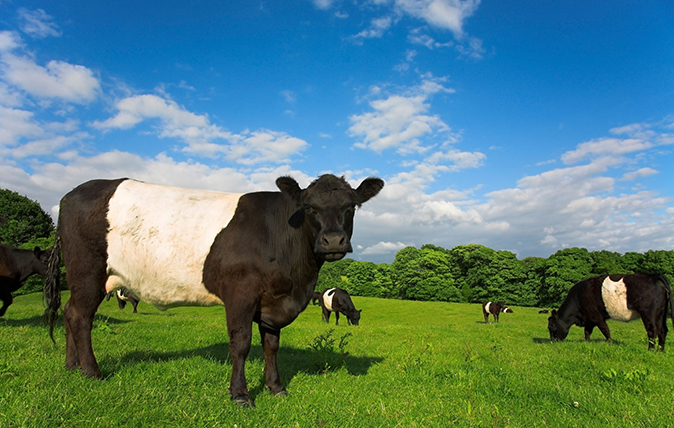

Across the country, dedicated farmers and breed societies – often with royal patronage – plus the Rare Breeds Society (RBST) through its Gene Bank, ensure that the work of the far-sighted 18th-century breeder Robert Bakewell and others of his ilk goes on, in preserving robust native genes to ensure resistance to disease and genetic diversity.
Perhaps now, with Defra Secretary Michael Gove’s emphasis on animal-welfare and environmental enhancement and rising customer demand for local, slow-grown, grass-fed beef, the hardy cattle that enhance our landscapes so delightfully may come into their own again.
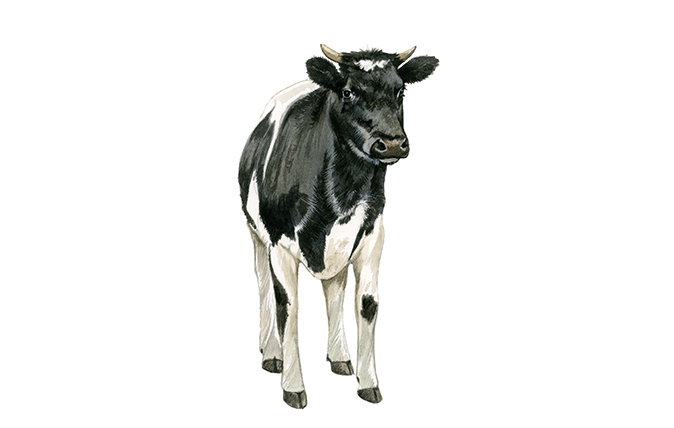
1. Shetland
This thrifty little creature, the mainstay of crofting families and transportable by fishing boat, is often cited as the ideal smallholder’s cow: like many native breeds, it’s tough, versatile and long-lived, calves easily and is friendly – traditionally, a cow would be accompanied to a new home by a scrap from the crofter’s wife’s apron to aid bonding. Some 15,000 head of cattle once populated the islands, but, as mainland communications improved, the Government subsidies forced crofters to cross them with larger breeds and the pure Shetland nearly died out.
2. Highland
A cuddly Scottish emblem as totemic as tartan and Scottie dogs, the shaggy-fringed Highland has spread as far afield as the Andes and New Zealand, where it’s popular for its ability to thrive on windswept landscapes and for its general charm. Highlands can produce calves up to the age of nearly 20, their ‘hybrid vigour’ makes them a useful outcross and their beef is low in fat and cholesterol and high in protein and iron. Breeders are encouraged to maintain a dam line of names in Gaelic, such as Mùirneag (Cheerful girl), Canach (Bog cotton) or Uiseag (Skylark).
3. Native Aberdeen Angus
Few people realise when eating the ubiquitous ‘Aberdeen Angus’ steak that its connection to the genuine article may be, at best, remote; an animal can be classified Aberdeen Angus when it’s cross-bred and even, in the USA, merely if it’s black. The original dual-purpose Aberdeen Angus, a rare breed indeed now, was developed by three 19th-century farmers, one of whom, Hugh Watson, a tenant farmer in Angus (his favourite bull, Old Jock, is number one in the stud book), is remembered in a memorial installed at Glamis Castle last year. The Prince of Wales, who keeps a herd at Highgrove, has succeeded his grandmother as president of the breed society.
4. Belted Galloway
With their pleasingly uniform white bands, ‘Belties’ were popular with cattle drovers because they showed up in the dark. The breed stems from the ancient cattle of the Galloway hills, which may have been crossed with the Lakenvelder (Dutch Belted cow). They were later developed through four foundation breeders, notably Flora Stuart of Mochrum in Wigtownshire, descendant of the Marquess of Bute. Another, Sir Ian Hamilton, supplied Winston Churchill with his first cow from his Lullendon herd.
5. Ayrshire
The handsome red-and-white dairy cow, with its delicately defined head and strong, square, old-fashioned body shape, is one of the most commercially successful native breeds, popular with organic farmers and tough enough to survive a Swedish winter or an African summer. Betty’s Ida holds the world record for milk yield; over 305 days, milked twice a day, she produced 37,170lb (about 3,695 gallons) of milk and 1,592lb of fat.
Sign up for the Country Life Newsletter
Exquisite houses, the beauty of Nature, and how to get the most from your life, straight to your inbox.
6. Blue Grey
This attractive blue-grey or blue-roan hybrid is the result of a 19th-century experiment in crossing Galloway cows with a Cumberland or Whitebred shorthorn bull to produce faster-maturing females and high-quality beef males. Now, however, it’s one of the rarest cattle types, passed over for more commercial breeds. In 2013, the Blue Grey Cattle Group was set up to save it, with funding from the National Trust and Northumberland National Park; the Duke of Buccleuch is a champion and breeds them on his Dumfriesshire estate.
7. Dexter
The Dexter has boomed, but is not, as some people think, anything new – the compact, predominantly black cattle (they come in red and dun as well and in a squat, short-legged version) originated in Ireland. A Mr Dexter, an agent in Co Tipperary, developed them from Celtic hill breeds and Martin Sutton of Kidmore Grange, Oxfordshire, brought them to England in 1882. Dexters are the smallest British breed, with cows standing up to 3ft 6in at the shoulder. They’re not, however, the obvious smallholder’s cow, as they can be lively to handle.
8. Irish Moiled
The solidly built ‘moiley’ is a magnificent-looking beast and the only surviving native domestic animal of Northern Ireland. The name comes from maol, Gaelic for mound – the head should be domed. They have attractive red markings, often flecked and usually on the sides, with white underbelly and a white strip (flinch) down the spine. They’ve metamorphosed into a dual-purpose breed useful for conservation grazing, particularly clearing ivy and willow ash, but went out of fashion – in the 1970s, numbers dropped to 30 cows. The Prince of Wales and Countryfile presenter Adam Henson are fans and the cattle thrive in Scandinavia, where they were taken by Viking raiding parties.
9. Welsh Black
Does any farm animal command respect more than a Welsh Black bull? The animals were once so valuable that they were known as ‘the black gold from the Welsh hills’. Drovers returning from English markets, their pockets laden with money, were targets for bandits, a threat that prompted the formation of the ‘Bank of the Black Ox’, now known as Lloyds. Until the 1970s, the Welsh Black tended to divide into the stocky beef cattle of North Wales and the dairy cattle of South Wales, but the modern animal is dual-purpose. Welsh beef has Protected Geographical Indication status under EU law.
10. White Park
The RBST chose the striking, hardy White Park, with its wide-spreading horns, as its emblem when it was formed in 1973. As the name suggests, it’s developed from the primitive white cattle that populated medieval parklands; although still a minority breed, it’s an RBST success story – the breed society celebrates its centenary this year.
A close relation is the Vaynol, started in Vaynol Park near Bangor, North Wales, in 1872, where the herd was left to its own devices until it relocated about a century later to Temple Newsom in Leeds, West Yorkshire. It’s now been dispersed – most animals are owned by the RBST. Another offshoot is the famous herd of Chillingham Wild Cattle in Northumberland, which the public is advised to treat with respect.
11. Longhorn
The magnificent Longhorn, with red mottled colouring and straight or curving horns, is exceptionally pleasing on the eye and is one of the great British breeds, its milk so high in butterfat that it was crucial to the success of the Stilton and Red Leicester industries. Today’s cow owes much to the efforts of Leicestershire agriculturalist Robert Bakewell; the breed society boasts that the longhorn is ‘beyond equal’ as a suckler cow and its longevity and fuss-free calving make it a desirable cross.
12. Shorthorn
These genetically important cattle, which have been used worldwide in the development of more than 40 breeds, also owe much to Bakewell. His animals and methods impressed, among others at the time, brothers Charles and Robert Colling, who began developing the local Durham cattle using an £8 bull called Hubback; a subsequent bull, Comet, sold in 1810 for a then record of 1,000 guineas and became a legend in cattle-breeding circles. In the 20th century, the breed began to split officially into dairy and beef strains and the two now have their own societies – in the UK, most shorthorns are used for milk.
13. British White
These uniformly marked cattle, so attractive with their sooty points, also adorn the Highgrove estate. Like the White Park, they’re descended from ancient, indigenous animals and their preservation owes much to single large estates, originally the Assheton family’s at Whalley Abbey, Lancashire, and Middleton Hall, Manchester, plus Somerford Park in Cheshire. In the 17th century, the heiress Mary Assheton took some cattle as dowry to Gunton Park in Norfolk, from which the Blickling, Kelmarsh and Woodbastwick (now the oldest in existence) estates founded herds. In 1912, Sir Claud Alexander, owner of famously prolific milker Faygate Laura, wrote that ‘one of mine averages five gallons [of milk] a day when in full profit. In addition to this, they are big heavy beasts and give a good return from the butcher when their milking days are over’.
14. Red Poll
The glossy, dark-chestnut, naturally polled (hornless) Red Poll, whose breed society is 130 years old, is the result of crossing the ‘milky’ Suffolk Dun with the ‘meaty’ Norfolk Red in the early 19th century and is of a slighter build than some other ‘red’ breeds. It’s one of Britain’s most economic cattle, needing little in the way of extra forage, but has been swamped by more commercial Continental dairy breeds and is now chiefly a suckler cow.
15. Lincoln Red
The striking Lincoln Red is one of Britain’s oldest beef breeds and was significantly improved by Lincolnshire breeders who, at the turn of the 19th century, crossed Durham and York shorthorns with local coarse draught cows to improve conformation. Known as the Lincolnshire Red Shorthorn, in 1799, the breed was described by the Board of Agriculture as being ‘unsurpassed in this country for points highly valuable and for their disposition at any age to finish rapidly’. At the start of the 20th century, the cattle were exported to 20 countries, from Argentina to Australia, and, by 1926, the Lincoln was the second most registered cow in Britain, but, again, it now competes with Continental types.
16. Sussex
In 1823, the pamphleteer William Cobbett came across mahogany-red Sussex cattle during one of his Rural Rides. ‘How curious is the natural economy of a country!’ he wrote. ‘The forests of Sussex; those miserable tracts of heath and fern and sand and bushes… breed the cattle which we see fatting in Romney Marsh… and the sight is most beautiful.’ Originally a vast, ox-like creature used for ploughing and hauling timber – records show a steer weighing 214 stone – the modern Sussex, boosted by Limousin and Aberdeen Angus blood, is a handsome, well-proportioned beast.
17. Hereford
The upstanding, conker-coloured, white-faced Hereford is perhaps the British native that has best stood the test of time. The Herd Book, founded in 1846, has, since 1886, been closed to any animal whose sire and dam had not been recorded, to ensure purity. It’s extraordinary that one county could have spawned such an industry (50 things Britain gave the world, July 6, 2017); due to its adaptability, healthiness and ability to flourish on a forage-based diet, there are more than five million pedigree Herefords across 50-plus countries.
18. Gloucester
It was a Gloucester cow, Blossom, that provided the anti-smallpox serum for the scientist Edward Jenner, but this magnificent, richly coloured cow, with its upswept crescent horns and creamy dorsal stripe, owes its existence to a group of farmers, including Eric Freeman – whose son, Clifford, now owns the biggest herd in Britain – cheesemaker Charles Martell and the late Joe Henson. In 1972, they bought up the last herd standing and scoured the country for more animals to widen the genepool of their local cow. Their efforts, considered eccentric by a commercially driven farming industry, led to the formation of the RBST.
19. Ruby Red Devon
The county of Devon boasts cattle to match its rich, red soil. Francis Quartley, an Exmoor farmer, can take much credit for today’s healthy herd. As other farmers rushed to sell cattle for high prices to feed troops in the Napoleonic Wars, he refused to part with his; his herd lives on at the same farm, Great Champson, Molland, with farmer William Dart, a leading name in the Ruby Red world. Now, the Devon is a typical example of a native that’s come into its own in the current climate of environmentally friendly farming.
20. South Devon
A slightly paler version of the Devon and with curlier hair, especially on the poll, it originated in the South Hams, from where it was exported, in great numbers, from Plymouth to America, including on the Mayflower nearly 400 years ago. Selective breeding improved stock considerably and, in 1891, the breed society was formed; by the 1960s, the South Devon was a predominantly beef cow and an important source of income in a rural area.
21. Guernsey
No one is quite sure how the gentle, chestnut-and-white Guernsey cow, popular with smallholders for its rich, yellow milk, arrived on the island – it could have come with monks banished from Mont St Michel in the 10th century and is probably related to the French Normande. By the late 18th century, the islanders were making money by selling thousands of these small, cheap cows, although many may have been French, passing through the Channel Islands to avoid tax. In 1878, The Rev Joshua Watson and James James started a register, swiftly followed by a herd book, and the Guernsey as we now know it took shape.
22. Jersey
The dainty dun-coloured, soft-eyed Jersey leads the bovine beauty parade. The island is proud of its pretty cows and has operated a strict ban on any other breed for 150 years, so the 6,000 cattle there are pure bred. Famed for its creamy milk, which has 18% more protein, 20% more calcium and 25% more butter fat than any other breed’s, the Jersey is the world’s favourite dairy cow after the Holstein and has a low carbon footprint. The Queen has one of the oldest herds, at Windsor Castle.
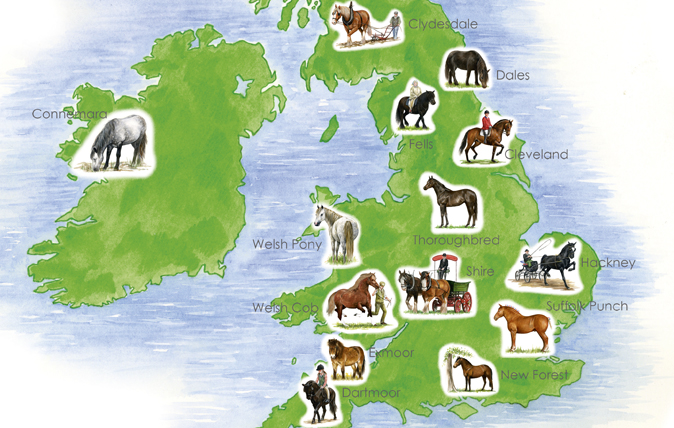
From Shetlands to Shires: Native horse breeds of Britain
From Shetlands to Shires, it’s horsepower that helped make this country great. We celebrate the wonderful local diversity of our
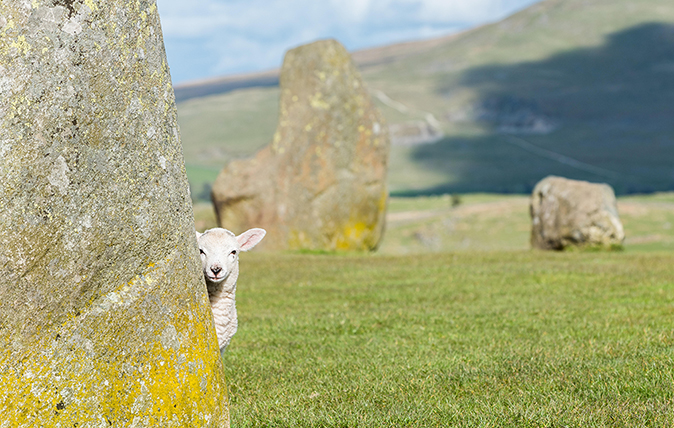
Shaggy sheep stories: 21 native British sheep breeds and how to recognise them
Here are just some of the breeds to consider, whether for field or table or both.
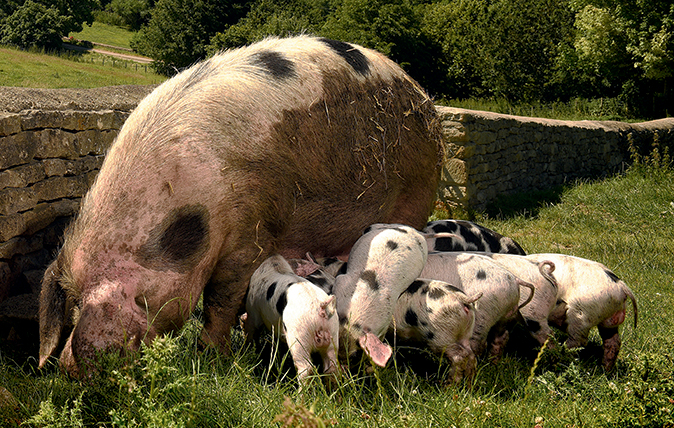
Top native pig breeds
Our traditional pig breeds are a delight to look at and tasty to eat - which is your favourite?
-
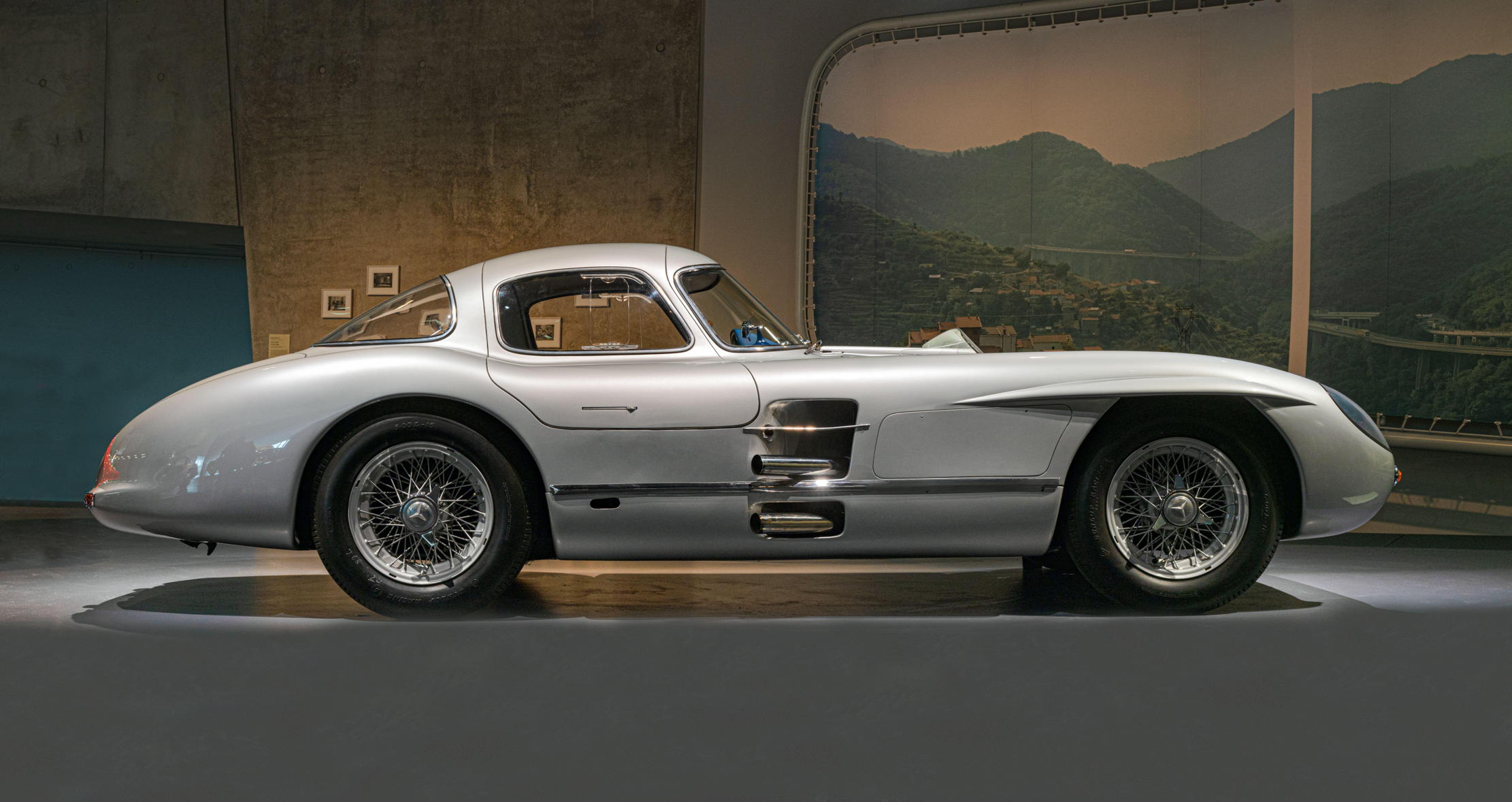 Jungle temples, pet snakes and the most expensive car in the world: Country Life Quiz of the Day, April 14, 2025
Jungle temples, pet snakes and the most expensive car in the world: Country Life Quiz of the Day, April 14, 2025Mondays's quiz tests your knowledge on English kings, astronomy and fashion.
By James Fisher Published
-
 Welcome to the modern party barn, where disco balls are 'non-negotiable'
Welcome to the modern party barn, where disco balls are 'non-negotiable'A party barn is the ultimate good-time utopia, devoid of the toil of a home gym or the practicalities of a home office. Modern efforts are a world away from the draughty, hay-bales-and-a-hi-fi set-up of yesteryear.
By Annabel Dixon Published
-
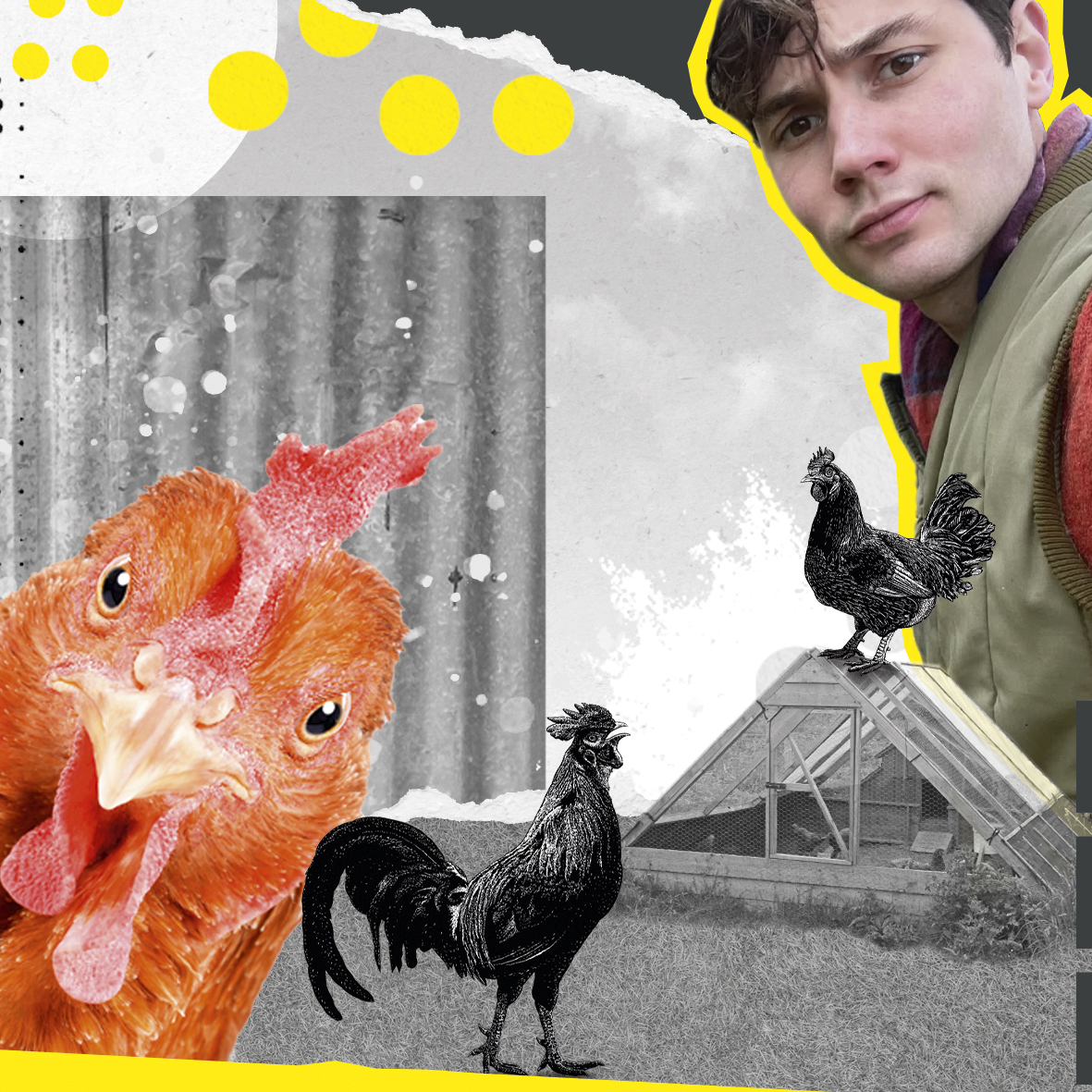 Arthur Parkinson: I am a cleaner, security guard and matron to my happy hens
Arthur Parkinson: I am a cleaner, security guard and matron to my happy hensIn his first regular chicken-keeping column for ‘Country Life’, Arthur Parkinson introduces his brood and touches on the importance of good housekeeping.
By Arthur Parkinson Published
-
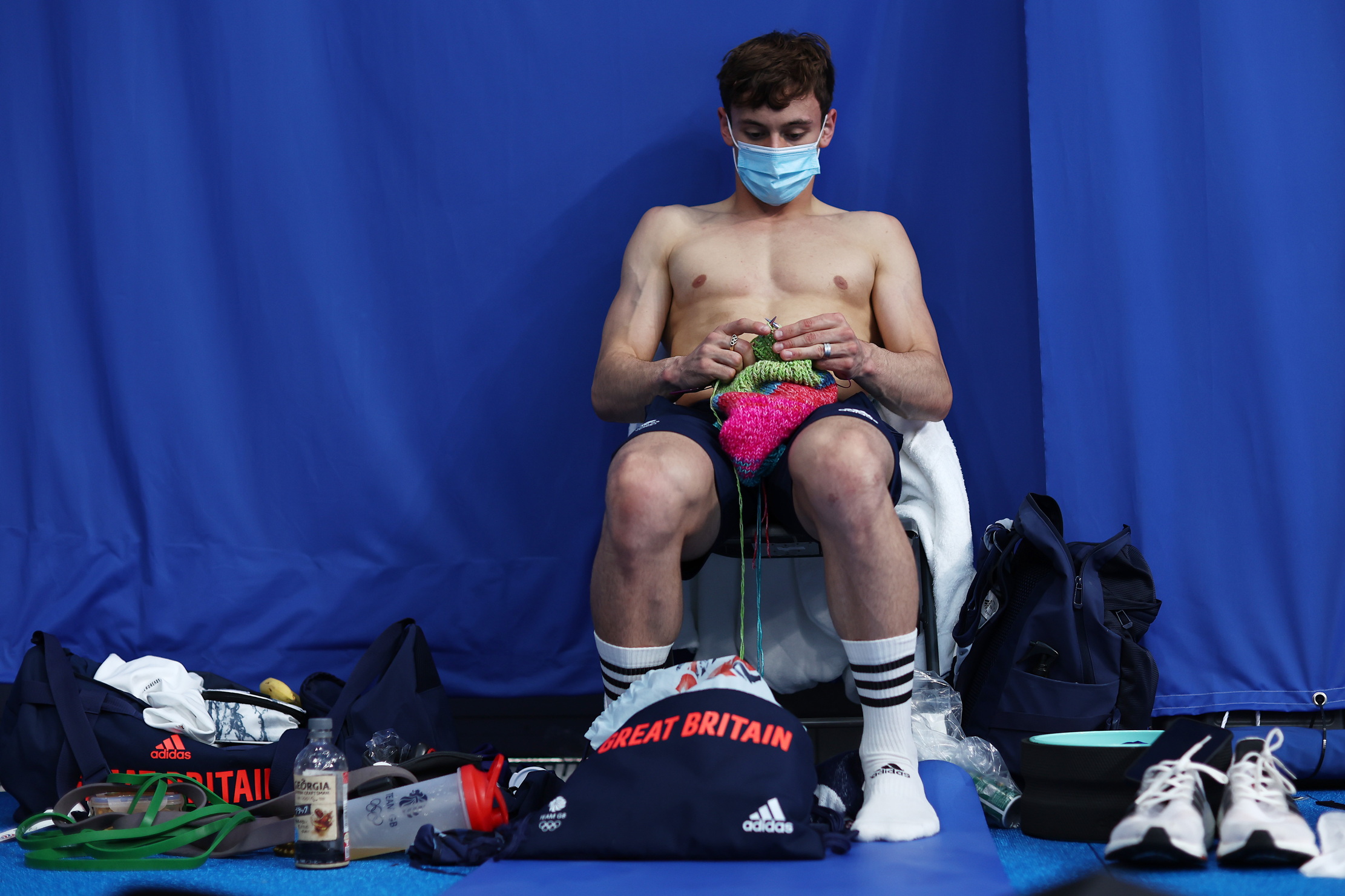 Is anyone more superstitious than a sports star?
Is anyone more superstitious than a sports star?When it comes to worrying about omens and portents, nobody gets quite so worked up as our sportsmen and women.
By Harry Pearson Published
-
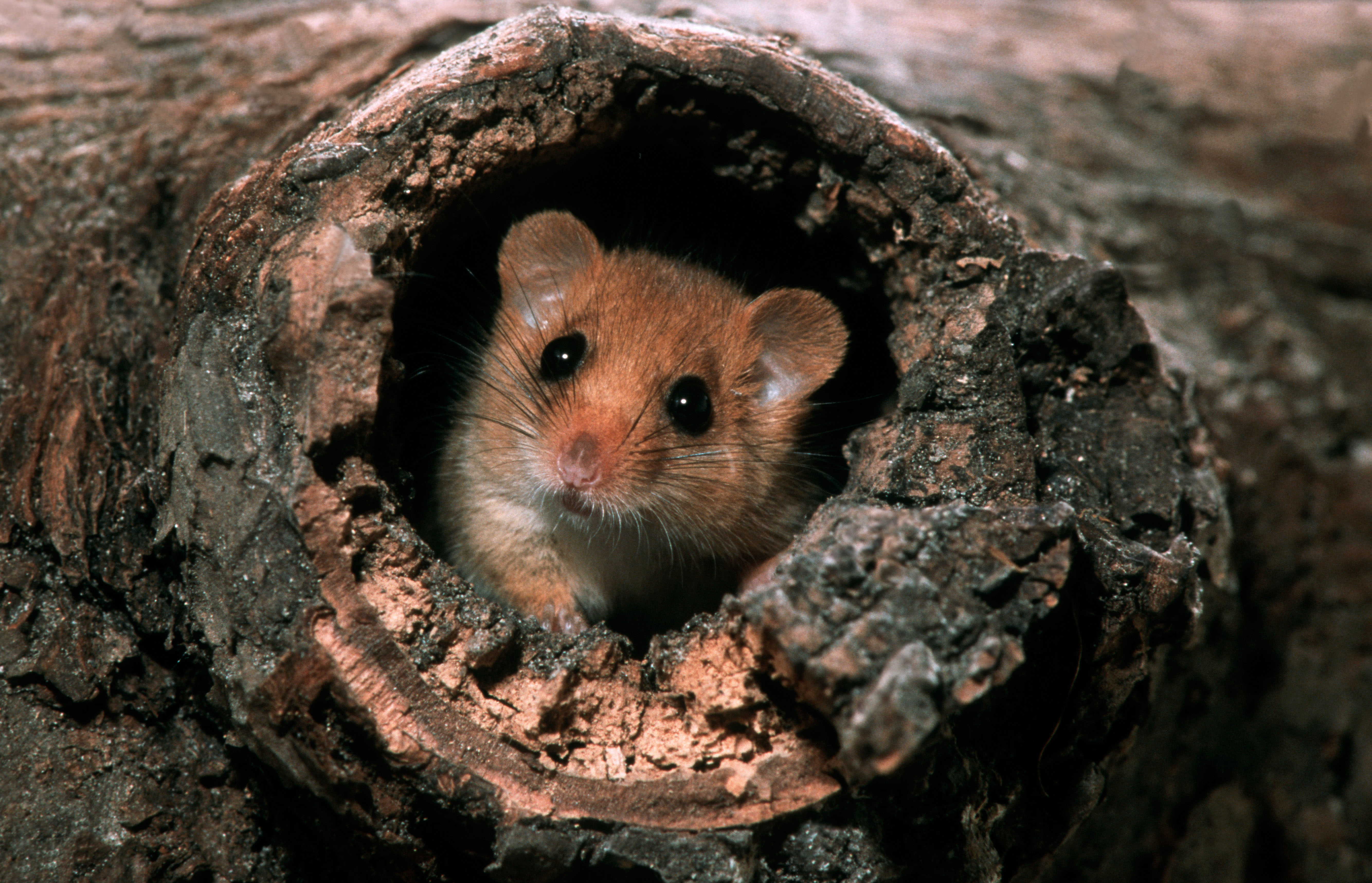 The humble hazel dormouse — 'the flagship species of the health of our countryside'
The humble hazel dormouse — 'the flagship species of the health of our countryside'The sleepy and very sweet hazel dormouse is one of Britain's rarest mammals.
By Jack Watkins Published
-
 The grass is always greener: Follow in the footsteps of Sir Andy Murray and play in The Giorgio Armani Tennis Classic
The grass is always greener: Follow in the footsteps of Sir Andy Murray and play in The Giorgio Armani Tennis ClassicThere’s no better time of year than the summer grass court tennis season.
By Rosie Paterson Published
-
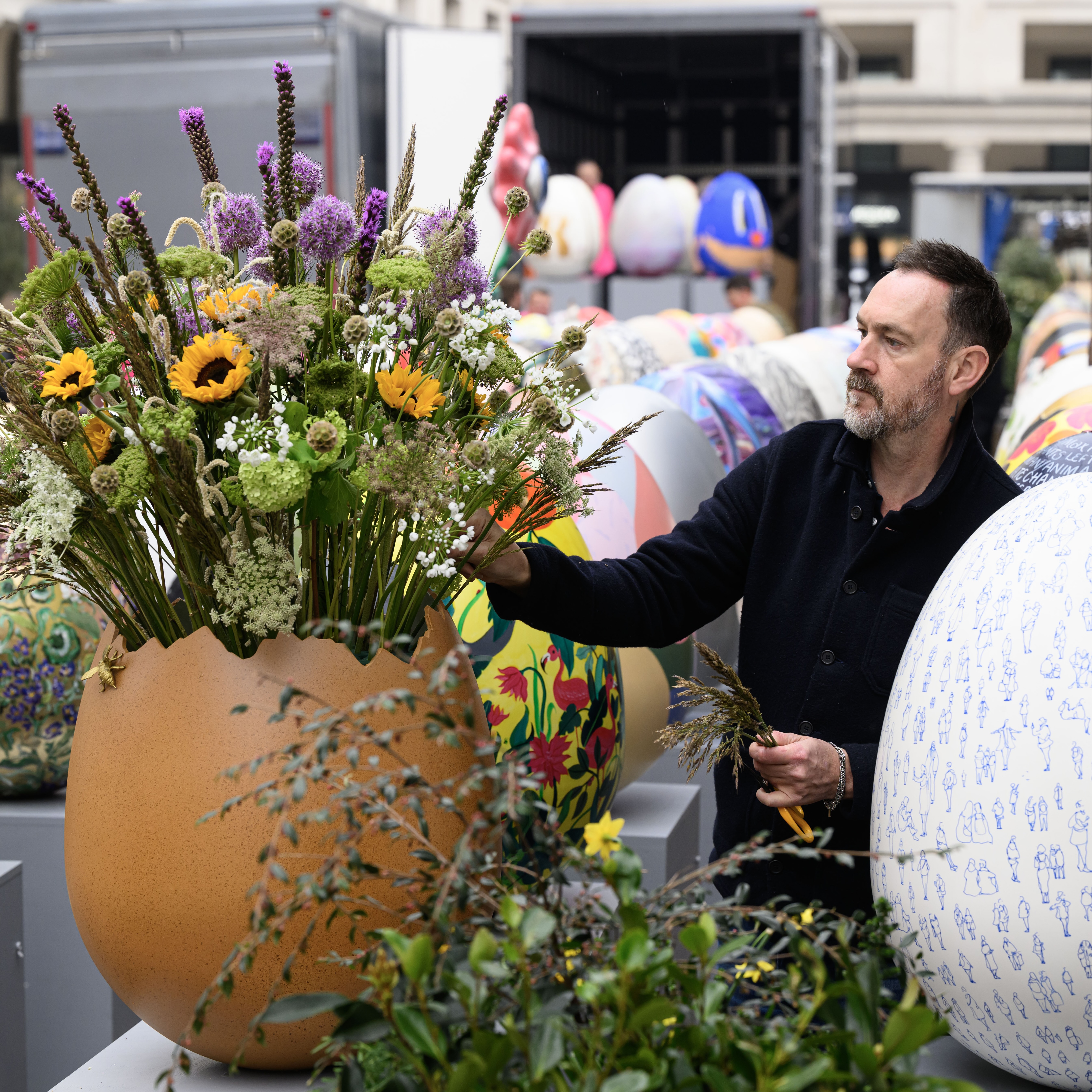 You've gotta catch them all: Everything you need to know about London's giant Easter egg hunt
You've gotta catch them all: Everything you need to know about London's giant Easter egg huntFortnum & Mason, Anya Hindmarch and Chopard are among the companies that have lent a creative hand.
By Amie Elizabeth White Published
-
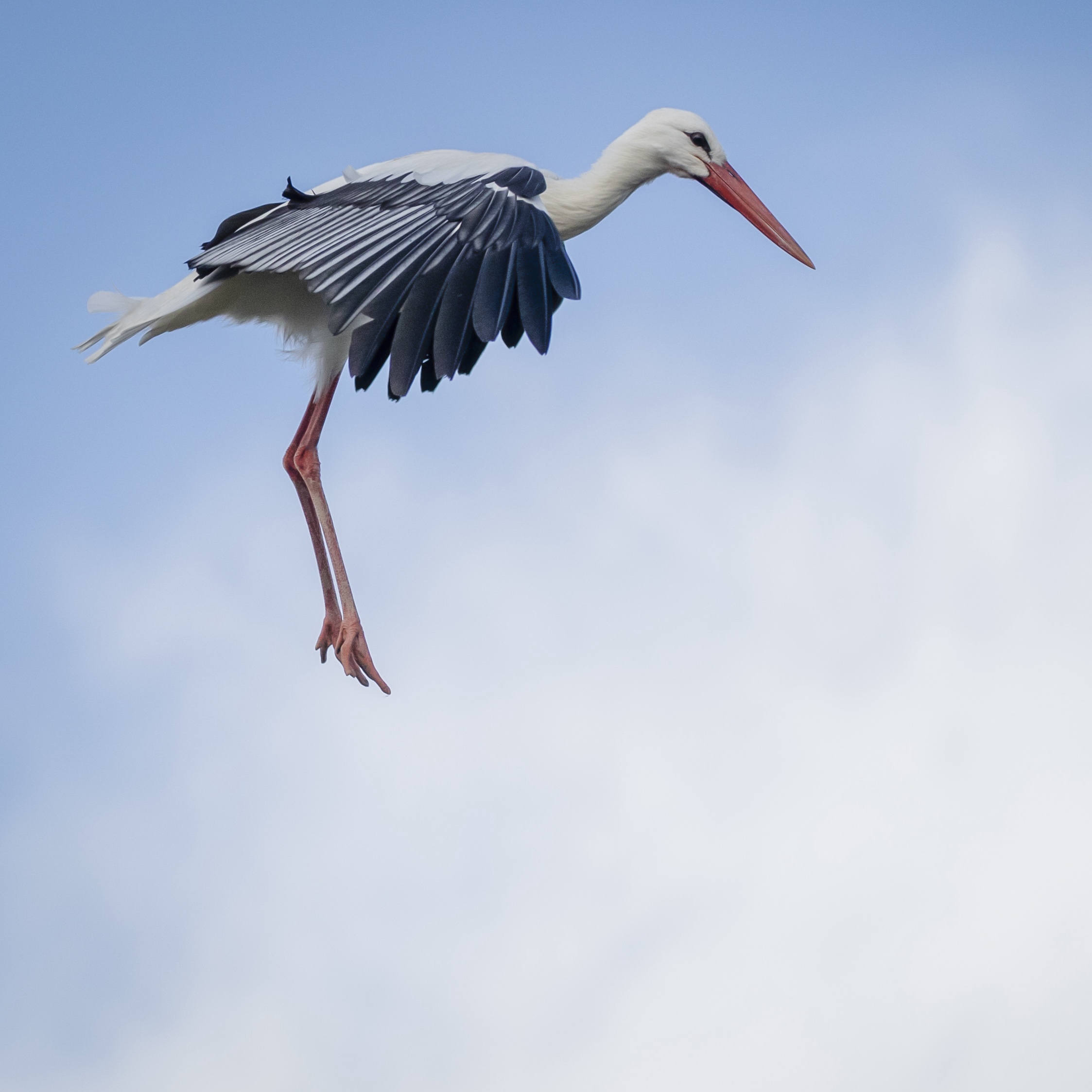 The UK gets its first ‘European stork village’ — and it's in West Sussex
The UK gets its first ‘European stork village’ — and it's in West SussexAlthough the mortality rate among white storks can be up to 90%, the future looks rosy for breeding pairs in southern England.
By Rosie Paterson Published
-
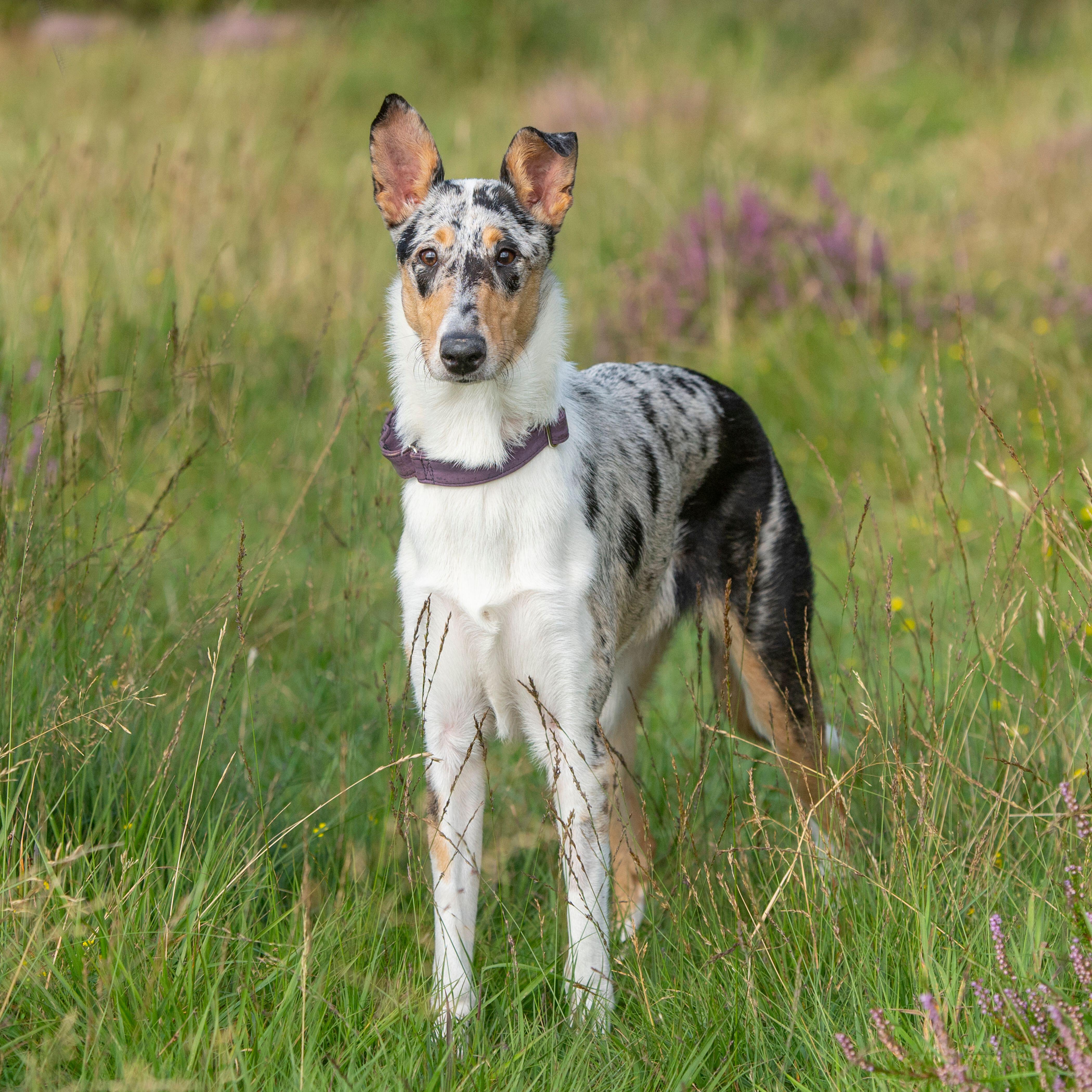 Can't you hear me S.O.S? Our treasured native dog breeds are at risk of extinction
Can't you hear me S.O.S? Our treasured native dog breeds are at risk of extinctionDo you know your Kerry blue terrier from your Lancashire heeler? A simple lack of publicity is often to blame for some of the UK's native dog breeds flying dangerously low under-the-radar.
By Victoria Marston Published
-
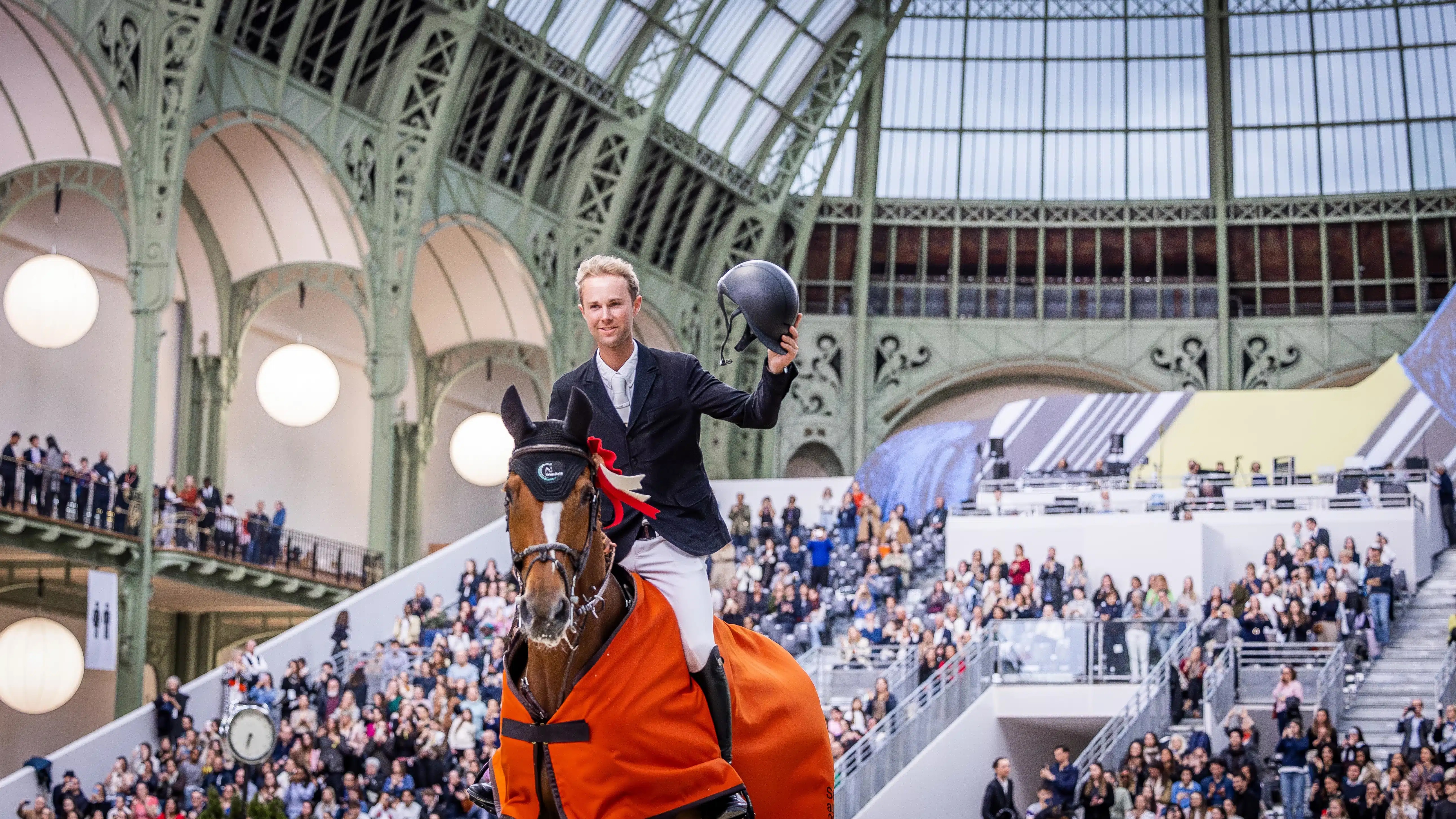 The prestigious Saut Hermès was a tantalising taste of what to expect when Paris's Grand Palais reopens to the public in June
The prestigious Saut Hermès was a tantalising taste of what to expect when Paris's Grand Palais reopens to the public in JuneThe Grand Palais in Paris, France, has been closed to the public for extensive renovation works since 2021.
By Rosie Paterson Published